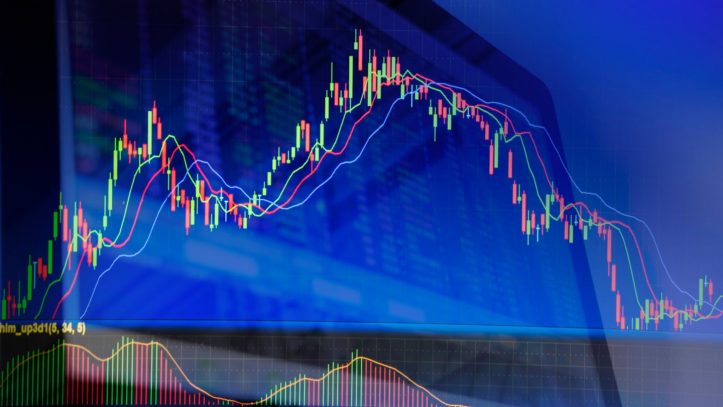What exactly is Standard Deviation? A standard deviation, sometimes referred to as the deviation rate, is an economic statistic that measures the random dispersion of a certain studied Datum relative to its mean. The deviation of any given sample from the average is called the Standard Deviation. The standard deviation, when plotted against the mean, gives an idea of the deviation of the sample from the average curve.
The standard deviation, also referred to as the deviation rate, is typically used in statistical analysis. It can be plotted as a function of the sample mean and one way to plot it is as a y axis versus the mean; the lower the y-axis is to the left of the mean line, the higher the deviation rate is. More specifically, the higher the deviation rate is the greater the scatter in the results. In statistical terms, the Standard Deviation (SD) is a measure of variability, which is exactly what it says: the deviation of the result from the mean, or mean line.

There are many different forms and uses of the standard deviation. The most common is to plot the deviation against the mean, or the arithmetic mean, of a set of measurements. This can be done by drawing a line through the points (or range) along which the deviation is plotted. The higher the range, the larger the range used for plotting. While this is an example of the use of the standard deviation, the concept is much more general and covers many other situations where the slope of the distribution is non-zero (a condition called zero correlation).
The standard deviation is also useful in understanding climate change. Global warming is a recent phenomenon; it has been documented over the last century and is still an ongoing process. One of the ways in which global warming is measured is in inches per degree Celsius. If there are five degrees of temperature difference between the normal and the extreme temperatures, this is referred to as variance, or “spike” in the temperature. The standard deviation measures this variance across time periods and can be used to calculate the normal deviation, the range of variations, and the trends in the data, which are helpful in understanding the relationship between temperature and climate change.
Another application of the standard deviation comes from the analysis of performance. For every type of performance, there is usually a typical (i.e. range) and a standard deviation from this mean (i.e. range divided by standard deviation).
The calculation of the standard deviation deals with the random variables, or components, of the normal curve. By calculating the deviation as a mean of the squares of the underlying mean, it can be used to calculate the normal curve, and is very useful for predicting the results of runs of the random number generators. It can also be calculated as the normal curve minus the square of the actual value. This can calculate the deviation of the average height of individuals in a population over time and can explain patterns in that there are certain spikes that have longer periods of time than others. This can be used to explain why some individuals seem to be taller or shorter than others over time.
There are a number of different forms of standard deviation, and they are based on the usual statistical distributions. The normal curve, for example, tends to have four main components. The standard deviation can then be calculated by taking the square of the deviation, or the arithmetic mean, and dividing by the number of squares to calculate the mean. Another type is the geometric mean, which is based on the data set and draws a line through the data points. A confidence interval can then be calculated by drawing a line connecting the points and connecting them with the central mean.
Standard deviation measures the average distance between two points. When looking at the deviation as a means of calculating the standard deviation, it is most commonly used when comparing the performance of two teams within a study. The standard deviation measures the skew in the mean average and is therefore less reliable as an accurate measure of the skew. When comparing teams, it is more reasonable to look at the standard deviation of the random normal distribution, which is a more reliable measure of skew. A better measure of skew would be the arithmetic mean of the random normal distribution, which is the square of the deviation.